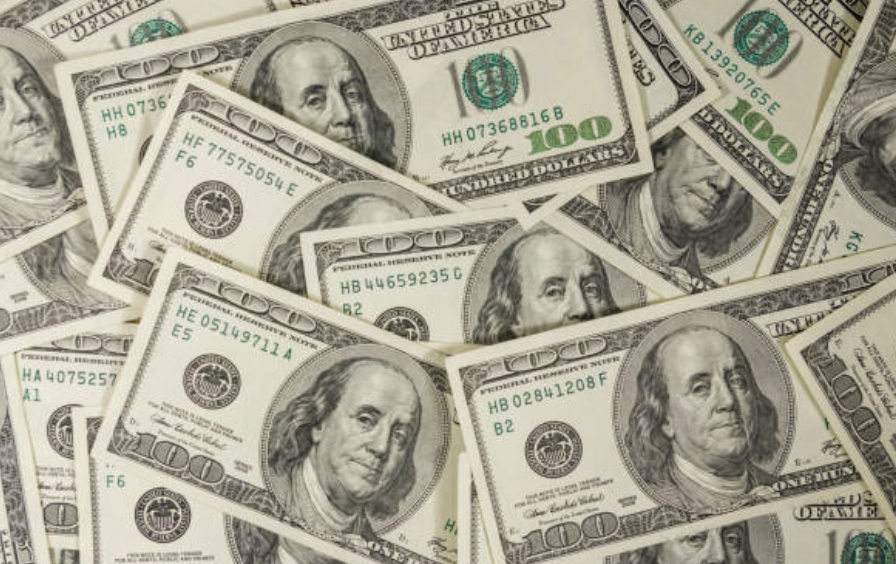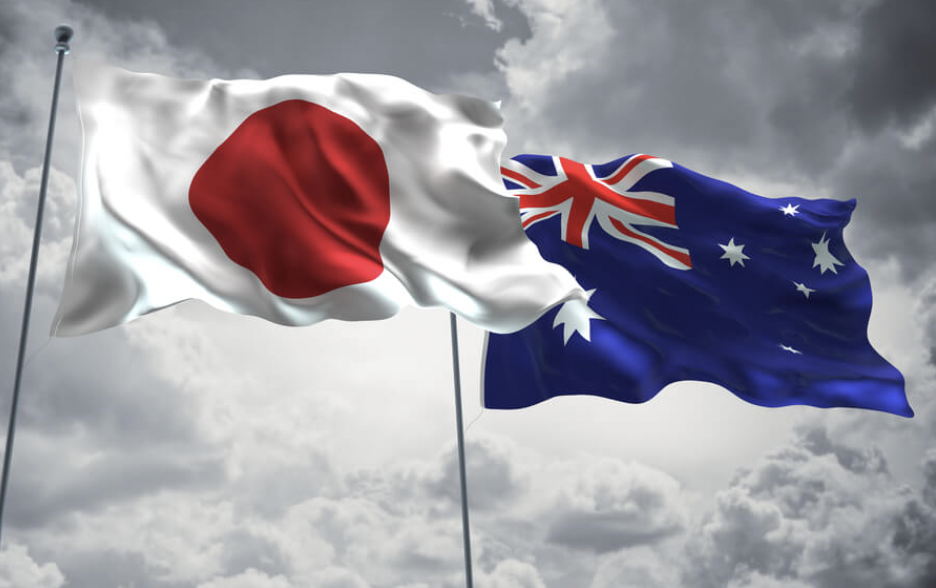
Alina Haynes
Mar 06, 2023 14:46

As negative sentiment and conflicting concerns about the Federal Reserve's (Fed) and European Central Bank's (ECB) next move combine, EUR/USD falls to 1.0630, posting minor losses after a notable weekly gain. In light of the crucial week's sluggish start, it is essential to observe that a light schedule in Asia also tests pair traders.
However, the robust inflation figures for the Eurozone back hawkish ECB comments. The US data, however, falls short of its European equivalent and casts doubt on the aggressive Federal Reserve (Fed) worries.
Botjan Vasle, a member of the Governing Council of the European Central Bank (ECB), stated on Friday, "My personal opinion is that the increase we intend for our March meeting—that is, 0.5 percentage points—will not be the last." In a similar vein, ECB Governing Council member Madis Muller stated on Friday that "it is probably not the ultimate increase in March." However, ECB Vice President Luis de Guindos stated, "Data-dependent interest rate trajectory after March."
Raphael Bostic, president of the Federal Reserve Bank of Atlanta, rekindled concerns about the Fed's policy reversal when he stated, "The central bank may be able to suspend the current tightening cycle by mid- to late summer."
On the other hand, Mary Daly, president of the Federal Reserve Bank of San Francisco, told Reuters over the weekend that if inflation and labor market data continue to come in hotter than expected, interest rates will need to rise and remain there longer than Fed policymakers anticipated in December.
In its semi-annual Monetary Policy Report, the US Federal Reserve stated unequivocally that "continuous increases in the Fed funds rate target are essential." According to the article, the Fed is unwaveringly committed to returning inflation to 2%.
In terms of the data, resilient February readings for the Producer Price Index and the Harmonized Index of Consumer Prices (HICP) for the Eurozone validated the hawkish posture of ECB officials, allowing the EUR / USD to maintain its firmer position. Despite the first US Treasury bond rates, the US data disappoints the US Dollar, which weakens the USD/EUR exchange rate. Despite this, the US ISM Services PMI for February was 55.1, compared to market estimates of 54.5 and predictions of 55.2. Prior to that week, the Conference Board's (CB) Consumer Sentiment survey and January's US Durable Goods Purchases both indicated weakening trends.
Aside from EU-US catalysts, news from China's annual session of the National People's Congress (NPC) appears significant and has recently impacted the risk profile and EUR/USD exchange rate. According to the most recent report, the dragon nation anticipates a modest growth rate of 5.0% this year, compared to market expectations of 6.0%. In addition, concerns regarding China and Russia have a negative effect on sentiment and the EUR/USD exchange rate.
The EUR/USD pair's ability to move rapidly is hampered by the cautious environment that has developed ahead of Federal Reserve (Fed) Chairman Jerome Powell's semi-annual testimony, the US employment report for February, and today's Eurozone Retail Sales for February. If the bloc's data come in at 1.9% YoY, as opposed to the optimistic forecasts of -2.8%, the price may recover the most recent losses.


Mar 07, 2023 13:41